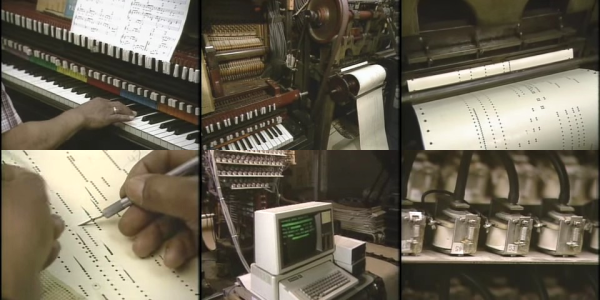What is it about a computer that was introduced 36 years ago by a company that would be defunct 12 years later that engenders such passion that people still collect it to this day? We’re talking about the Commodore 64, of course, the iconic 8-bit wonder that along with the other offerings from Commodore International served as the first real computer to millions of us.
 There’s more to the passion that Commodore aficionados exhibit than just plain nostalgia, though, and a new documentary film, The Commodore Story, seeks to explore both the meteoric rise and fall of Commodore International. Judging from the official trailer below, this is a film anyone with the slightest interest in Commodore is not going to want to miss.
There’s more to the passion that Commodore aficionados exhibit than just plain nostalgia, though, and a new documentary film, The Commodore Story, seeks to explore both the meteoric rise and fall of Commodore International. Judging from the official trailer below, this is a film anyone with the slightest interest in Commodore is not going to want to miss.
It will of course dive into the story of how the C64 came to be the best selling computer in history. But Commodore was far from a one-trick pony. The film traces the history of all the Commodore machines, from the PET computers right through to the Amiga. There are interviews with the key players, too, including our own Bil Herd. Bil was a hardware engineer at Commodore, designing several machines while there. He has shared some of these stories here on Hackaday, including the development of the C128 (successor to the C64) and making the C64 speak.
We can’t wait to watch this new documentary and luckily we won’t have to. It’s set to start streaming on Netflix, Amazon, and iTunes today, so pop up some popcorn and settle in for a two-hour ride through computer history but right now we’re unable to get firm dates on when. However, those of you in the Mountain View area have an even better opportunity this evening.
The Commodore Story will be premiered live at 6:30pm PST at the Computer History Museum. Grab your tickets to the premiere and a Q&A session with Bil Herd, Leonard Tramiel, and Hedley Davis.
Continue reading ““The Commodore Story” Documentary Premieres Today”


















